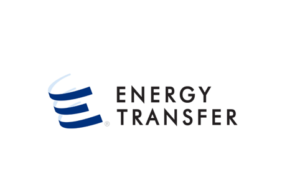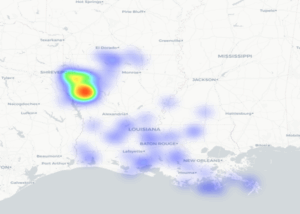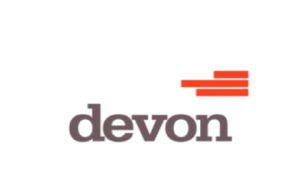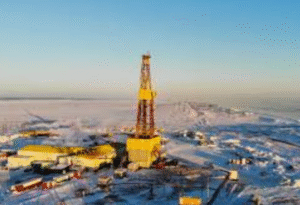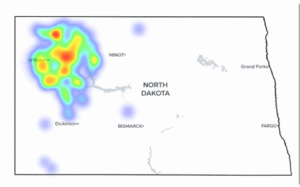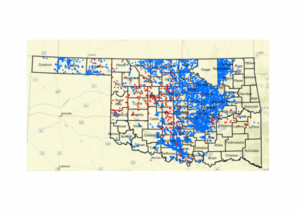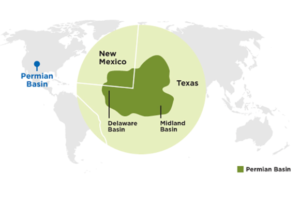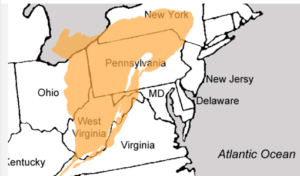In the early days of the oil and gas industry, seismic lines and access roads were cut into the boreal forest for exploration and development. Since then, great effort has since been invested in finding ways that allow for more rapid regeneration soon after disturbance, and todays techniques are much better than they used to be.
But many of the linear disturbances created decades ago have not returned to forest cover and can still be seen in the boreal forest landscape. These open corridors attract deer and moose into caribou ranges, as well as their predators, and have made woodland caribou, which is listed as threatened under Canada’s Species at Risk Act, more vulnerable to predation, especially by wolves.
Cenovus Energy is working with other oil sands companies to restore the forest cover in caribou habitat in northeastern Alberta to better protect caribou. Through its Caribou Habitat Restoration Project, Cenovus aims to restore more land within caribou ranges than is disturbed by the company’s activities.
Announced in 2016 and since expanded in scope, the Cenovus Caribou Habitat Restoration Project is the most comprehensive program of its kind in the world. Every year, more science is added, and best practices are shared widely across the industry.
A recent study conducted through COSIA examined disturbed habitat in five caribou ranges near COSIA members’ oil sands operations. Its goal was to prioritize areas for restoration based on factors such as potential future development of natural resources in the region, which areas provided the best quality caribou habitat, and the cost of restoration work.
The study also ranked the habitat by how many caribou used it and how often. “If we want to maximize the benefits to caribou, and two options are otherwise comparable, the area that is actively used by caribou and has the greatest opportunity for producing quality habitat should be given priority for restoration over disturbed areas with fewer caribou,” explains Michael Cody, Specialist, Environment at Cenovus.
With this information, Cenovus and other oil sands operators can focus restoration efforts on priority stretches of land to help return forest cover faster. It enables operators to make the biggest difference in caribou habitat in the most cost-effective way, while still developing natural resources.
Because findings from COSIA projects are shared among other COSIA members, more companies with active restoration programs can now use these learnings to finetune their work too.
“Our restoration projects support a working landscape – this means we’re working together with our peers to maintain both habitat for caribou and continued development of our resources,” says Cody.
If you want to dive into more detail on this caribou study, see Prioritizing Zones for Caribou Habitat Restoration in the Canada’s Oil Sands Innovation Alliance (COSIA) Area. Version 3.0.
Energy News
Oil & Gas Permit Report




